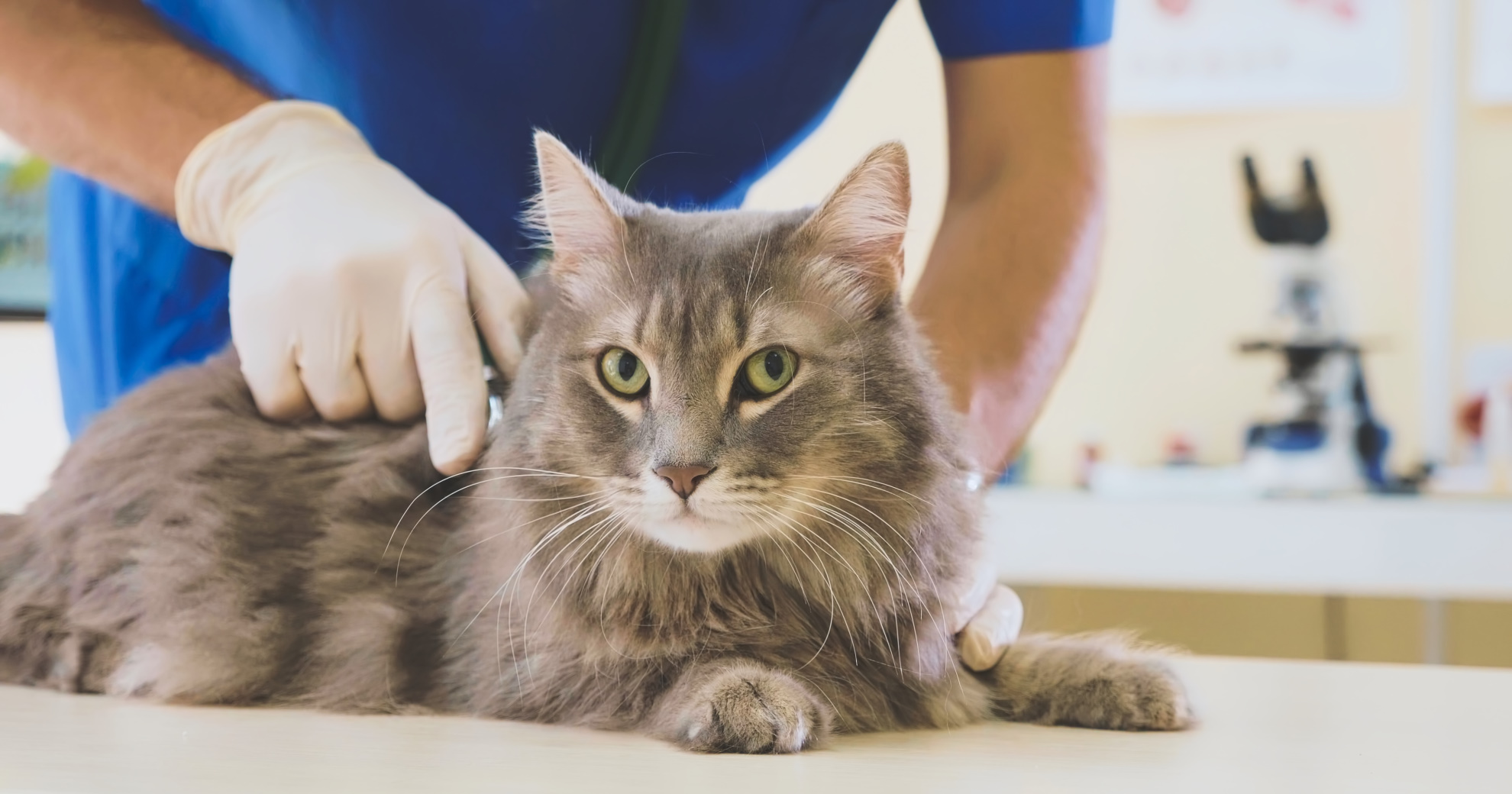HEALTH & WELLNESS

TRENDING

SIGN UP and Start Receiving
Our Monthly Newsletter,
The Chronicles
An Overview Of Feline Chronic Kidney Disease (CKD) – Symptoms, Causes And Treatment

Vital Function of Kidneys
Healthy kidneys perform many vital functions, such as filtering the blood and making urine. Chronic kidney disease (CKD) is the progressive and irreversible loss of kidney function over time. Weakened kidney function leads to a variety of health problems for a cat.
CONSEQUENCES OF WEAKENED KIDNEY FUNCTION
- Because kidneys lose the ability to concentrate urine, cats may urinate more frequently and drink more water than usual.
- Kidneys affected by CKD cannot adequately remove or regulate waste products in the bloodstream. Cats may feel sluggish, appear unkempt, and lose weight.
- Kidneys also help to manage blood pressure. Another sign of CKD may be higher blood pressure, which in turn can affect other systems, such as the eyes, brain, and heart.
- Important proteins and vitamins are lost in their urine. This may contribute to abnormal metabolism and loss of appetite and subsequent weight loss.
- CKD can result in the buildup of acids in the blood since the kidneys cannot excrete these compounds adequately. Blood acidification, or acidosis, is a condition that can significantly affect the function of other organ systems.
- A cat’s kidneys also stimulate the bone marrow to make more red blood cells. As a result of CKD there’s a decrease in a cat’s ability to produce red blood cells, which can lead to anemia. This may make them lethargic and cause their gums to appear pale in color.
CHRONIC KIDNEY DISEASE STAGES AND SYMPTOMS
Early stage of chronic kidney disease (CKD) in cats is often unnoticed. Once you start noticing signs and symptoms, the disease is usually already in stage 2, late stage kidney insufficiency, or possibly stage 3, early kidney failure. It’s important to determine the cause as soon as possible, if there is a specific cause, so that it can be treated, along with the symptoms.
Stage I: Early kidney insufficiency
This means that the cat’s kidney function is somewhere between 33 and 99%. It is difficult to identify kidney disease until later stages. Most cats who are diagnosed with stage I CKD can have several years before it progresses to stage II CKD, but every cat progresses at a different rate.
Stage II: Late stage kidney insufficiency
This stage means that the cat’s kidney function is somewhere between 25 and 33%. The kidneys are still adequately filtering out toxins and waste products, but they are starting to struggle.
Early symptoms, that you may notice in stage II, include:
- Eating less
- Weight loss
- Frequent urination
- Drinking more water
Stage III: Early kidney failure
This stage means that the cat’s kidneys are now functioning between 15% and 25%. At this point, the kidneys are no longer able to adequately filter out all of the toxins and waste products of the body, and the cat may be starting to develop more noticeable symptoms of kidney disease.
The following symptoms are often associated with stage III chronic kidney disease:
- Dry fur
- Less active
- High blood pressure
- Secondary bladder infections
- Increased nausea and maybe vomiting
Stage IV: End stage kidney failure
This stage means that the cat’s kidneys are now functioning at less than 15%.
End stage symptoms can include:
- Bloating
- Lethargy
- Anemia
- Dark urine
- Mouth sores and/or bad breath
- Urinary accidents
- Diarrhea and/or extreme nausea and vomiting
CAUSES OF CHRONIC KIDNEY DISEASE
Natural wear and tear that comes with aging is a major cause, but there are numerous other underlying causes and contributing factors cat owners should be aware of. They may include:
- Injuries
- Parasites
- Poisons/toxins
- Tumors/cancer
- High blood pressure
- Inflammatory diseases
- Kidney stones or kidney blockage
- Shock from trauma or serious illness
- Genetic problems such as polycystic kidney disease (often breed-specific)
- Infections in other areas of the body, e.g. the mouth, bladder, uterus or lungs
It’s dangerous when any health problems and diseases are left undiagnosed and untreated, but with CKD the results are usually even more severe because the damage to the kidneys is irreversible.
TESTS FOR CHRONIC KIDNEY DISEASE
If your cat has symptoms of CKD, your veterinarian may recommend some or all of the following tests to determine whether treatment is needed.
Blood testing
- Blood urea nitrogen (BUN)
- Creatinine
- Electrolytes (including sodium and potassium)
- Red blood cell count
- Protein concentrations
Urinalysis
- Concentration
- pH
- Protein concentration
- Presence of red blood cells
- Presence of other cells
- Urine culture for bacteria
Other tests
- Abdominal ultrasound
- Radiographs (X-rays)
- Microscopic evaluation of biopsy samples
- Blood pressure
CHRONIC KIDNEY DISEASE TREATMENT AND MANAGEMENT
The goal of CKD treatment is to
- Treat underlying causes, infections or inflammation, and
- Manage symptoms effectively, which is an ongoing commitment.
With this approach, the ideal outcome is to not only prolong life, but increase quality of life as much as possible.
The most basic step in a treatment plan for CKD is ensuring that the affected cat always has access to enough clean drinking water. He or she also needs to eat enough of the right food for the condition. For this reason, dietary adjustment is another main focus of treatment. Some cats with CKD will need certain additional vitamins and minerals to address deficiencies. In most cases phosphorus levels also need careful management and monitoring (phosphorus is found in some proteins). Some cats with CKD also need help with controlling high blood pressure that can be dangerous.
There are effective medications to treat CKD. The appropriate treatment and management of symptoms can be beneficial in giving your cat a longer and happier life.









